The Role of American Cardinals in Leading the Vatican Between Papacies
Introduction to the Vatican and Papal Leadership
The Vatican, officially known as Vatican City State, serves as the spiritual and administrative center of the Roman Catholic Church. As an independent city-state located within Rome, it covers an area of approximately 44 hectares and is home to some of the most significant institutions of the Catholic Church, including St. Peter’s Basilica and the Apostolic Palace. The governance of the Vatican is unique, as it operates under an absolute monarchy led by the Pope, who is regarded as the Bishop of Rome and the spiritual leader of over a billion Catholics worldwide.
The role of the pope is multifaceted, encompassing spiritual leadership, doctrinal authority, and administrative oversight. The pope is responsible for guiding the Church in matters of faith and morals, representing the Church in international and diplomatic affairs, and managing the Vatican’s internal governance. Leadership within the Vatican extends beyond the pope to include a hierarchy of cardinals, bishops, and various congregations, which collectively assist in the implementation of papal directives and the administration of Church affairs.
The papacy has seen a variety of transitions throughout history, particularly during periods of interregnum—the time between the death or resignation of one pope and the election of another. During these transitions, the College of Cardinals is entrusted with the responsibility of governing the Church temporarily. Their leadership is crucial, ensuring continuity of decision-making and maintaining the spiritual welfare of the global Catholic community. The historical context of the papacy highlights the evolving dynamics of Church leadership, underscoring the significance of American cardinals, particularly in modern times, as they navigate the complexities of a globalized Church while upholding the traditions and teachings of Catholicism.
Understanding the Role of Cardinals
Cardinals are senior ecclesiastical leaders within the Roman Catholic Church, serving as the principal advisors and administrative figures under the papacy. Appointed by the Pope, cardinals typically hold significant responsibilities, often managing particular dioceses, archdioceses, or curial departments. Their selection is based on a combination of their theological expertise, pastoral experience, and commitment to the Church’s mission, reflecting the Pope’s vision for the Church and its future.
One of the cardinal’s primary roles is to participate in the conclave, a gathering of cardinals convened to elect a new pope upon the vacancy of the papal office. During this period, the cardinals must engage in profound discernment and discussion, deliberating on candidates who exhibit the qualities necessary to lead the global Church. The confidences established among cardinals, as well as their shared understanding of contemporary Church challenges, play a pivotal role in their collective decision-making process.
Additionally, cardinals have responsibilities beyond the papal election. Many serve as heads of specific departments within the Vatican’s Roman Curia, overseeing various aspects of Church governance, such as doctrine, liturgy, and outreach. This structure allows for a division of labor that ensures each facet of the Church’s mission is addressed effectively. Moreover, cardinals often serve as representatives of the Church in international affairs, mediating relations with other religions, secular societies, and governments, thus highlighting the importance of their diplomatic skills.
The relationship between the Pope and cardinals is one of mutual respect and collaboration. While the Pope holds supreme authority, cardinals provide invaluable counsel and help carry out the Holy See’s administrative duties. Their deep-rooted connection to local churches enables them to bring the insights and issues faced by the faithful to the papal level, ensuring that the Church remains responsive to the needs of its global community.
Profile of American Cardinals in the Vatican
Throughout history, American cardinals have played a pivotal role in influencing the direction of the Vatican, especially during transitional periods between papacies. Their contributions extend beyond mere representation; they have shaped significant decisions within the Church, becoming key figures in a predominantly European hierarchy.
One of the earliest prominent American cardinals was James Gibbons, appointed by Pope Leo XIII in 1886. Gibbons was instrumental in advocating for religious freedom and social justice during the evolving landscape of the American Church. His leadership not only solidified the Catholic presence in the United States but also established a dialogue between the Vatican and American society, emphasizing the necessity of integrating the Church within a rapidly modernizing world.
Cardinal Francis Spellman, who served in New York from 1939 to 1967, further exemplified the profound impact American cardinals have had. Known for his vocal support of anti-communism and involvement in various social issues, Spellman was a bridge between traditional Vatican perspectives and the increasingly secular American culture. His efforts in promoting the Church’s stance on social justice issues during a turbulent era enhanced the Catholic Church’s visibility in the public sphere.
Another notable figure is Cardinal Timothy Dolan, currently the Archbishop of New York. His approachable demeanor and adept communication skills have made him a significant voice in contemporary discussions about faith, morality, and social justice. Dolan’s engagement in national dialogues reflects a blend of his cultural background and the Vatican’s mission, bringing an American ethos to discussions that often remain grounded in European traditions.
These cardinals represent just a few examples of how American individuals have left an indelible mark on the Vatican’s leadership. Their unique perspectives, shaped by American society, have brought diversity to the discussions and decisions that influence the global Catholic community.
The Transitional Period Between Popes
The transitional period between papacies, often referred to as sede vacante, represents a critical phase in the Roman Catholic Church’s governance. This period occurs immediately after a pope’s death or resignation, leading to a hiatus until a new pope is elected. During this time, the responsibility for maintaining continuity within the Church largely falls on the College of Cardinals, which comprises cardinals from around the world, including many from the United States.
In the absence of a sitting pope, the cardinals are tasked with overseeing the administrative functions of the Catholic Church. They ensure that essential operations continue and that the faithful are provided with spiritual guidance amidst the uncertainty. This includes addressing the needs and concerns of parishioners, as well as delivering homilies and public statements to maintain morale and uphold the Church’s mission. Communication with the global Catholic community is also paramount, as cardinals work to keep the flock informed during this interim period.
A key function of the cardinals during sede vacante is preparing for the conclave, the assembly convened to elect a new pope. This entails meticulous planning, which includes organizing logistics, ensuring the security of the Vatican, and setting the schedule for voting procedures. Each cardinal plays a significant role in readying themselves, both spiritually and logistically, to engage in the election process, which is one of the most crucial responsibilities they hold. The conclave is not merely a matter of selecting a papal figurehead; it is a solemn event that shapes the future of the Church.
Therefore, during the sede vacante period, the role of American cardinals, like their global counterparts, is imperative in ensuring a seamless transition of leadership, safeguarding the Church’s mission, and attentively shepherding the faithful until a new pope is chosen.
Crisis Management During Vacancies
The role of American cardinals in crisis management during papal vacancies has been a significant aspect of the Catholic Church’s governance. When a papal seat becomes vacant, it marks a period of uncertainty that requires decisive leadership to maintain stability within the Church and its global community. American cardinals have often stepped up to face these challenges, demonstrating their capacity to manage both internal and external crises effectively.
One notable instance occurred during the transition between Pope John Paul II and Pope Benedict XVI in 2005. Cardinal Joseph Ratzinger, as the Dean of the College of Cardinals, played a pivotal role in guiding the Church through this transitional phase. His communication strategy consisted of addressing not only the cardinals but also the worldwide audience via the media. This proactive approach helped mitigate speculative narratives and provided a unifying message of continuity and stability within the Church.
Additionally, during the vacancy following the resignation of Pope Benedict XVI in 2013, American cardinals such as Timothy Dolan and Donald Wuerl took leading roles. They organized discussions that emphasized unity, focusing on maintaining the operational aspects of the Vatican. Their efforts included regular updates related to pastoral care and the administration of Church functions, which were vital in reassuring the faithful of the Church’s enduring commitment to its mission. The clear, compassionate communication exemplified by these leaders reinforced trust and stability during a time marked by ambiguity and anticipation of the new pope’s arrival.
The strategies employed by American cardinals during these critical periods often revolve around transparency, collaboration, and prayer. They have demonstrated an ability to foster dialogue among the cardinals and the larger Church community, addressing potential tensions and reinforcing a sense of collective purpose.
Influence of American Cardinals on Church Doctrine
The role of American cardinals within the Vatican is pivotal, particularly in shaping Church doctrine and policy during periods of transition between papacies. These ecclesiastical leaders often engage in critical theological debates that influence the direction of the Church. Their unique perspectives and experiences contribute significantly to discussions surrounding core doctrinal issues, empowering a nuanced understanding of faith that resonates with contemporary society.
American cardinals, representing the diverse landscape of the United States, possess the ability to reflect a variety of cultural influences, thereby enriching the Church’s dialogue. This diversity allows them to address pressing modern societal concerns, such as social justice, climate change, and human rights, within the framework of Catholic teaching. Their contributions during papal transitions can guide the Church’s response to these issues, ensuring that doctrine remains relevant in an ever-evolving world.
During interregnums, these influential cardinals often convene to discuss potential successors and articulate a collective vision for the Church’s future. Their deliberations not only focus on individual qualities of prospective popes but also center on how the next papacy might address existing doctrinal challenges. This collaborative effort can shape the overall direction of Church policy, allowing for a continuity of mission that aligns with both theological integrity and contemporary relevance.
Their involvement in synods and councils also underscores their influence. By participating in these gatherings, American cardinals can advocate for progressive theological perspectives while honoring the Church’s traditions. Their voices are essential in promoting a doctrine that both respects the past and embraces the complexities of modern Catholic life. Ultimately, the influence of American cardinals is crucial in navigating the doctrinal evolution of the Church, fostering a dialogue that seeks to unite believers amidst change.
Case Studies: Key American Cardinals in Action
Throughout modern history, American cardinals have played a pivotal role in providing leadership during transitional periods in the Vatican. Notable figures such as Cardinal Timothy Dolan and Cardinal William Keeler exemplify the importance of American input in papal succession and Church governance. Their actions and decisions reflect the unique challenges and opportunities presented to the Catholic Church in times of change.
Cardinal Timothy Dolan, the Archbishop of New York, stepped into the spotlight during the 2013 conclave that elected Pope Francis. As a charismatic and outspoken leader, Dolan utilized his influence to build alliances among voters, fostering dialogue around critical issues. His understanding of both American and global Catholic perspectives helped him mediate discussions leading to the election of a pope who would address pressing matters such as social justice and reform. His role demonstrates how American cardinals can bridge cultural and theological divides in periods of transition.
Another significant case study is Cardinal William Keeler, who served as Archbishop of Baltimore. His leadership during the Church’s response to the sexual abuse crisis in the early 2000s illustrated the challenges faced. Cardinal Keeler prioritized transparency and accountability, advocating for reforms within the Church. His proactive approach in convening discussions and implementing new policies showcased how American cardinals have the capacity to drive institutional change during crucial times. By addressing the emotions of the faithful while navigating complex ecclesiastical structures, he helped restore some confidence in Church leadership.
These case studies highlight how American cardinals have not only shaped the responses of the Vatican during transitional periods but have also influenced the overall direction of the Church. Their unique perspectives and leadership styles provide valuable insights into the complexities involved in guiding the Catholic Church through times of uncertainty.
The Future of American Cardinals in Popes’ Leadership
As the Catholic Church navigates an evolving global landscape, the role of American cardinals is expected to become increasingly significant. Historically, American prelates have forged distinct pathways due to the cultural, social, and political context of the United States. Their leadership styles and perspectives may play a pivotal role in shaping future papacies and addressing the challenges the Church faces in the modern era.
One notable trend is the growing prominence of American cardinals within the Vatican. Recent papacies have seen a marked increase in the influence of American prelates, who often bring a unique blend of pastoral sensitivity and a willingness to engage with contemporary issues. This emerging leadership could lead to a shift in how the Church addresses pressing global matters such as social justice, climate change, and the ongoing impact of secularism on faith practices. American cardinals may advocate for initiatives that resonate with a broader audience, demonstrating the Church’s relevance in today’s society.
Another factor influencing the future of American cardinals in the Vatican is the expectation of the global Catholic community. As the Church continues to confront various crises, including sexual abuse scandals and declining attendance, American prelates may be perceived as harbingers of reform. Their leadership might focus on transparency, accountability, and inclusive practices, aligning with the aspirations of many laypeople calling for revitalization within the Church. The emphasis on collaboration and open dialogue from American cardinals could foster trust and encourage greater participation among the faithful.
American cardinals’ commitment to addressing both local and global issues could also inspire future popes to consider a more diversified approach to leadership. By integrating various cultural perspectives, the Catholic Church can strengthen its global representation and affirm its commitment to unity in diversity. This synergy may ultimately lead to a more engaged and responsive Church that is equipped to navigate the complexities of the modern world.
Conclusion: The Ongoing Legacy of American Cardinals
The role of American cardinals in the Vatican, particularly during the periods between papacies, has proven to be instrumental in shaping the direction and continuity of the Catholic Church. These leaders have become pivotal figures who not only contribute to the administrative functions but also act as vital connections linking various cultural and ideological perspectives within the Church. When a papacy concludes, the responsibilities often shift to the cardinals who guide the Church through transitional phases, with American cardinals uniquely positioned to address both domestic and global challenges.
American cardinals bring a diverse array of experiences to their roles, which greatly enhances their capacity to navigate complex issues faced by the Church. Their perspectives are informed by the rich tapestry of American society, encompassing a variety of cultural, ethnic, and theological backgrounds. This diversity allows them to serve as effective facilitators of dialogue among different factions within the Church, promoting a spirit of unity amid diversity. During periods of interregnum, these leaders often articulate the hopes and concerns of the broader Church community, thereby influencing the selection of the next pope.
Furthermore, the ongoing legacy of American cardinals extends beyond crisis management or transitional leadership; it also encompasses their efforts in fostering ecumenical relationships and dialogue with other faiths. Their ability to bridge gaps between varying beliefs showcases their commitment to inclusivity and understanding within a global religious context. As American cardinals continue to rise in prominence within the Vatican, their contributions are likely to have lasting implications for the Church’s engagement with contemporary issues. Thus, the enduring influence of American cardinals heralds a progressive and adaptive vision for the future of the Catholic Church during and beyond the transitional periods between papacies.


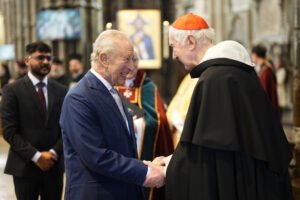
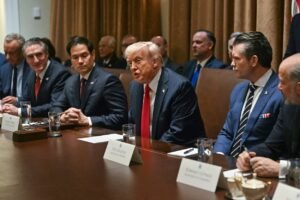
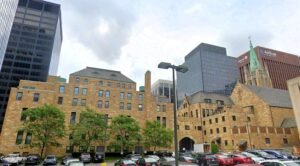
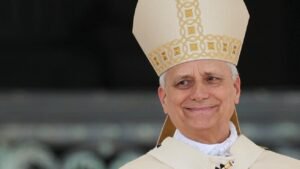

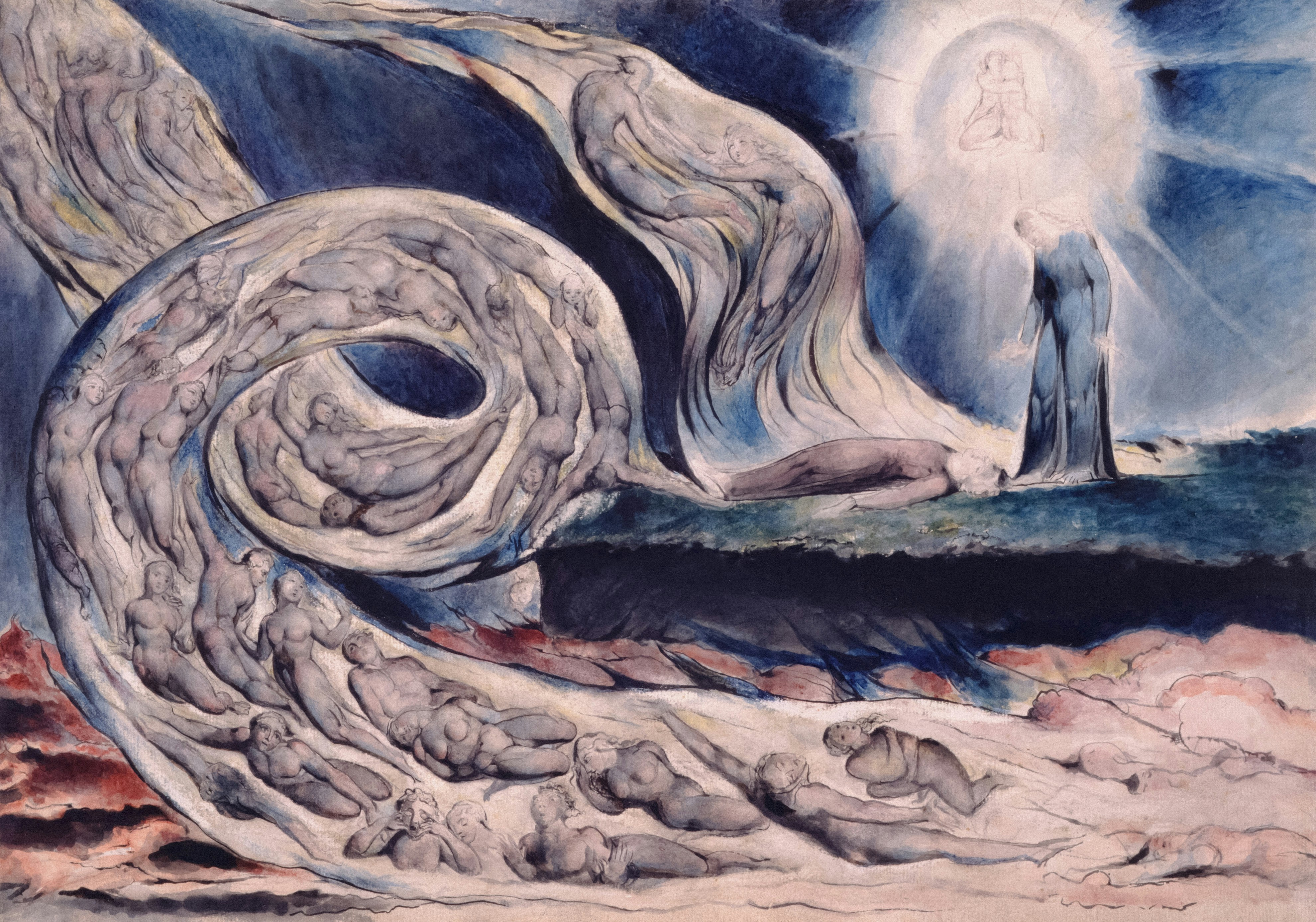
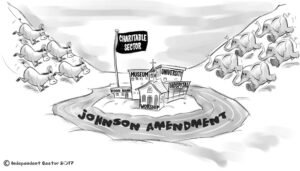

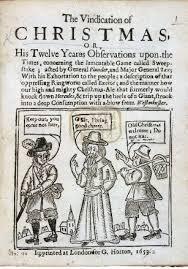
Leave a Reply
You must be logged in to post a comment.